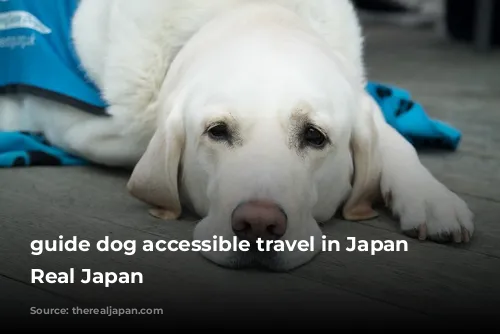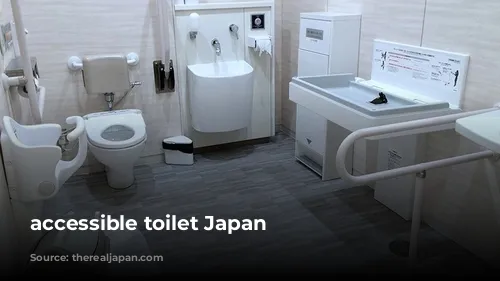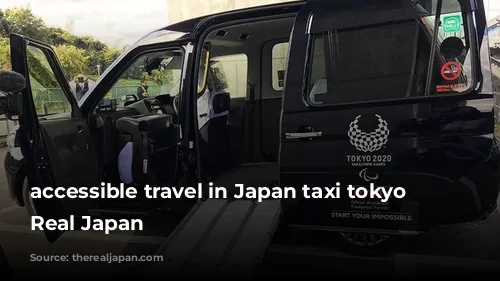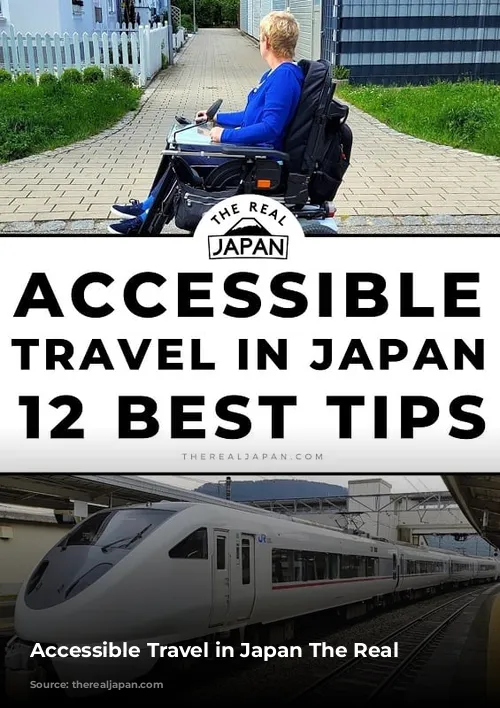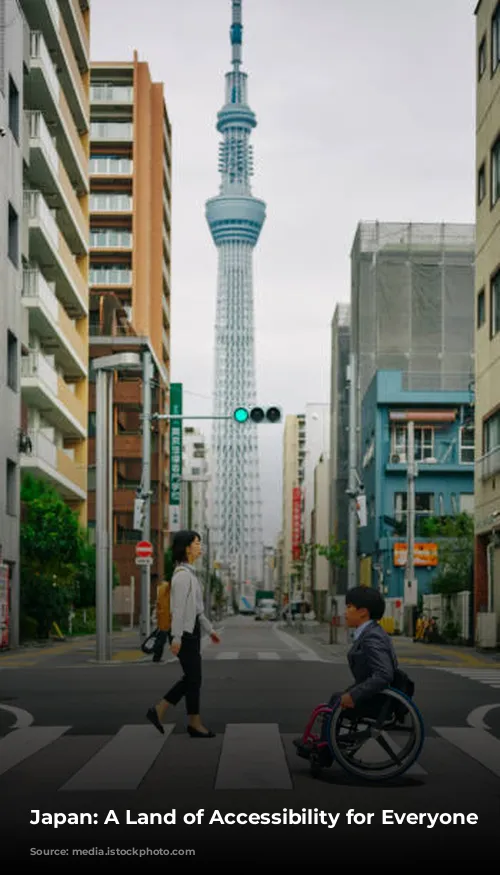Imagine exploring the bustling streets of Tokyo, marveling at the serenity of ancient temples, or indulging in the vibrant flavors of Japanese cuisine. But what if you have a disability? Do you have to sacrifice these incredible experiences?
Not anymore! Japan has undergone a remarkable transformation in recent years, making it a more accessible destination than ever before. While challenges remain, a little planning and preparation can pave the way for a truly unforgettable journey.

Navigating Your Way Around
First things first, research is key! Utilize online resources like Google Maps and Street View to get a feel for the accessibility of your intended destinations. Don’t rely solely on hotel websites for accessibility information; their details can be limited. Reach out to the hotel directly and inquire about specific features you need, such as wheelchair-accessible bathrooms or rooms with wide doorways. Planning ahead will minimize surprises and help you navigate any potential hurdles.
Japan’s transportation system is a marvel of efficiency and accessibility. The country’s extensive train network is exceptionally well-suited for wheelchair users. Friendly station attendants will guide you to your platform, assist with boarding, and ensure a smooth transfer at your destination. Don’t forget to book wheelchair-accessible seats on bullet trains in advance, as availability is limited.
While buses offer an accessible alternative in major cities, rural areas may present more challenges. Always alert the bus driver so they can deploy the lift for wheelchair access. Keep in mind that highway buses and airport shuttles often lack accessibility features.

Shopping and Dining Delights
Japan’s shopping scene is a blend of modern and traditional. Modern department stores are remarkably accessible, while smaller shops may pose difficulties. Don’t be afraid to ask store owners for assistance; their dedication to customer service is legendary.
Dining in Japan is an adventure, and it’s mostly accessible. Modern restaurants typically have wheelchair-friendly entrances, while traditional eateries may have entry steps. If you find yourself at a traditional restaurant, don’t be afraid to ask for help. Remember to bring your own utensils if you can’t use chopsticks, as some establishments may not offer alternatives.
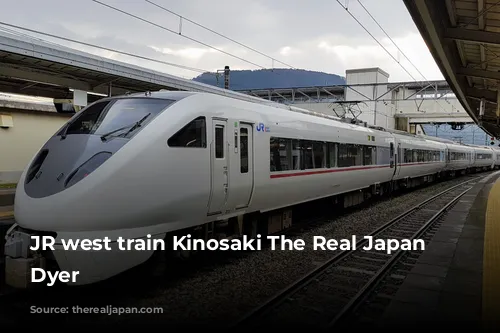
Preparing for Your Journey
A little preparation can go a long way! Create a “cheat sheet” with important phrases translated into Japanese to help you communicate your needs, especially when it comes to food allergies or explaining your disability. Websites like Accessible Japan offer a wealth of helpful phrases to ensure smooth interactions.
While traveling to Japan as a person with a disability may present unique challenges, the rewards are immeasurable. With a little planning, you can embark on a journey filled with wonder, discovery, and unforgettable experiences.
Don’t hesitate to reach out to us with your questions or concerns! We are here to support you on your journey to Japan.
